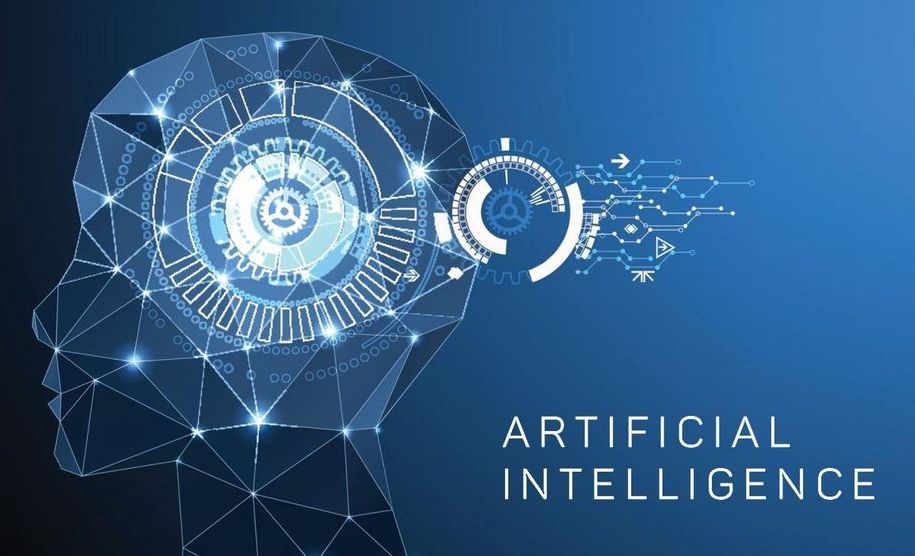New research examines the lifespan effects of visiting museums and having other cultural experiences, and the results are very encouraging.



The Milky Way could be teeming with interstellar alien civilizations, according to a new study. We just don’t know about it because they haven’t paid us a visit in 10 million years.
The study, published last month in The Astronomical Journal, posits that intelligent extraterrestrial life could be taking its time to explore the galaxy, harnessing star systems’ movement to make star-hopping easier.
The work is a new response to a question known as the Fermi Paradox, which asks why we haven’t detected signs of extraterrestrial intelligence.

It’s true that dogs demand a lot from their owners—but they also offer a lot in return.

Are you on the fence about getting a dog? Worried that he’ll pee on the carpet or chew the furniture? Well, he might—at least at first. But he’ll also add so much joy and love to your life. And the benefits of having a dog don’t stop at him being adorable and snuggly; according to a growing body of science, dogs can be good for your physical and mental health, too. Here’s what the research has to say:

Here on Earth, you can see the aurora of the Northern Lights, when solar winds interact with the planet’s magnetosphere. It turns out that Mars has its own auroras too, called proton auroras, but they give off ultraviolet light which makes them invisible to the naked eye.
NASA’s MAVEN (Mars Atmosphere and Volatile EvolutioN) spacecraft, however, currently in orbit around Mars, is able to detect these auroras using its Imaging UltraViolet Spectrograph (IUVS) instrument. Using data from this instrument, scientists have been investigating the relationship between the proton auroras and the fact that Mars lost its water over time. The Martian aurora is indirectly created by hydrogen in the atmosphere, which comes from water being lost into space.
The animation below shows how the proton aurora is formed. First, solar winds send protons toward Mars, where they interact with a cloud of hydrogen surrounding the planet. The protons take electrons from the hydrogen atoms to become neutrons. These neutral particles can then pass through a region of the planet’s magnetosphere called the bow shock. When the hydrogen atoms enter the atmosphere and collide with gas particles, they give off the ultraviolet light that we call an aurora.

TV shows and fiction aside, the present-day examples of basic AI are Google Voice, Cortana, Alexa, Siri, and chatbots. However, AI isn’t just limited to voice assistants, it’s turning tables in other domains and industries as well. Several restaurants, for instance, have bots for room service, serving food and carrying luggage.
Let’s take a look at some interesting and mind-bending stats and facts on this prevalent technology to give you a better idea of the direction the market is headed.
Interesting stats and facts on artificial intelligence.

Novartis is offering a $250,000 prize to fund development of pioneering innovation with great potential in advancing Assistive Tech for Multiple Sclerosis. Applications will be accepted until January 10, 2020, and the winners will be announced during a panel discussion among experts in the field at SXSW in Austin, TX.

Heads up, Earthlings! The Geminid meteor shower, one of the biggest meteor showers of the year, will peak this weekend. Find out the best time to view this cosmic lightshow: https://go.nasa.gov/2PP2l0S

There’s no sugar coating it—diabetes is shaping up to become one of the greatest health challenges in modern times. According to the World Health Organization (WHO), one in eleven individuals suffers from diabetes, and the condition was the direct cause of 1.6 million deaths in 2016, based on the latest publicly available data. WHO has since designated diabetes as one of four priority noncommunicable diseases (alongside cancer, respiratory and cardiovascular diseases) to be addressed by global health authorities.
Closer to home, more than 400,000 Singaporeans live with the diagnosis of diabetes, says the Ministry of Health. This constitutes ten percent of the local disease burden. Meanwhile, a separate study by the National University of Singapore projected that by 2050, Singapore would be home to one million diabetics if current trends continue. Wary of the insidious consequences of unchecked chronic illness, Singapore’s Health Minister Gan Kim Yong declared a “war on diabetes,” calling for a concerted national effort to prevent disease onset and better manage disease symptoms.
Last November, CHIPSA Hospital hosted a unique, first-of-its-kind event celebrating the lives of 22 late stage cancer survivors who, according to doctors, shouldn’t even be alive. Surrounded by world-renowned doctors, scientists, and researchers, these patients shared their inspiring stories of how they healed their terminal disease when conventional treatment had failed them.
CHIPSA is not an ordinary hospital. For one, we take patients who are typically told they have no other treatment options left. We then offer those patients innovative immunotherapies that aren’t available anywhere in the United States.
Our collaborative event highlighted the patients who have benefited from those types of therapies, featuring people on all ends of the treatment spectrum: the researchers who developed them, the doctors who administered them, and the patients who received them.